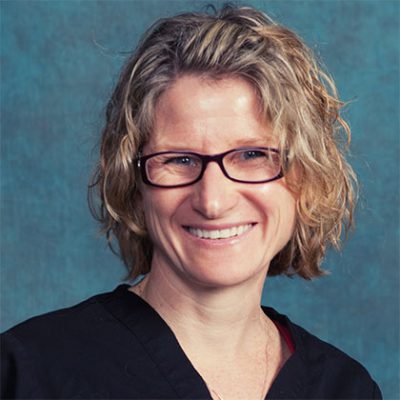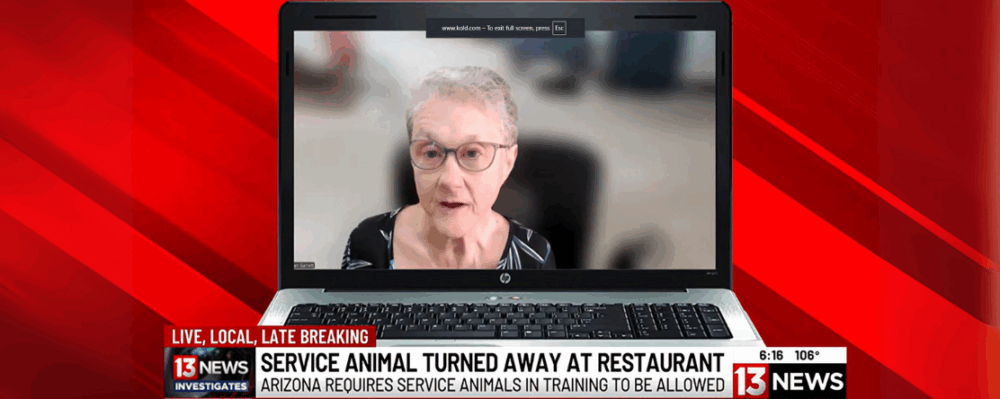
In the News
Death of Stanislaus Teen Spurs Grassroots Campaign on the Dangers of Fentanyl
- The Modesto Bee
-
Issues
School-based Efforts -
Expertise
Technical Assistance -
Programs
CA Bridge -
Strategic Initiatives
Opioids

“Isabella Marie Vivo would light up every room, was funny and energetic, family members said. She was a cheerleader for youth sports, played volleyball in middle school and sang the national anthem before Waterford High basketball games.
But tragedy struck Aug. 24, 2021, when the 14-year-old gathered with friends and they experimented with drugs. She became one of the 5,722 Californians who died that year from fentanyl poisoning.
Now, her family works to preserve the memory and identity of “Bella,” whose death they say was not a stereotypical drug overdose case.
“It’s still a very fresh wound,” said her sister Sofia Vivo, who shares Bella’s story at fentanyl awareness events in Stanislaus County. “I feel like she is talking through me. It always helps me see her in a positive light.”
A synthetic opioid, the fentanyl found in counterfeit pills and increasingly in other street drugs is 50 times more potent than heroin. It is so toxic that police officers wear gloves and follow careful safety procedures in confiscating the illegal drug.
According to the Public Health Institute, overdoses and hospitalizations due to opioid drugs are growing fast among teenagers and young adults in the United States. The overdoses and hospitalizations almost quadrupled between 2010 and 2021, with fentanyl accounting for 80% of overdose deaths among young people in 2021.
Sofia, 19, and a family friend, Denise Gutierrez, created the Better for Bella website and a grassroots campaign to reach as many people as possible about the severe dangers of fentanyl.
Empty chair on campus
The Better for Bella campaign has done an “empty chair” exercise at Waterford High School in memory of Bella. The empty chair and signs show where a student killed by fentanyl should be sitting.
After Bella’s death, the school’s Friday Night Live group gave the first fentanyl presentation at the FNL statewide conference, where the topics usually are underage drinking and tobacco prevention.
Waterford students are asked to take a pledge to be Better for Bella by taking medications only when directed by a healthcare provider and a pharmacy.
The school district decided to address fentanyl head on.
“It affected a great deal of students because the (Vivo) family was known in the community,” said Mary Horning, adviser for the Friday Night Live club. “Our district decided we were going to address it and raise awareness so hopefully it does not happen again. It is hard to tell if the message gets through.”
State data for 2021 showed fewer than six opioid overdose deaths among teenagers in the county, and officials hope to keep the numbers down. Other school districts have taken steps to protect their students against the drug that makes youth experimentation with stimulants akin to Russian roulette. Only 2 milligrams of fentanyl is lethal for a young person.
Since early October, Modesto City Schools has kept multiple doses of naloxone at every school site, said spokeswoman Linda Mumma Solorio. Naloxone is the overdose-reversing ingredient in Narcan, which is a brand name.
Employees are trained to administer naloxone, including administrators and health staff, using information provided by state health agencies. Larger campuses have naloxone in multiple locations to facilitate a faster response by staff, Solorio said.
Marie Russell said. Events have included a town hall meeting last fall and a virtual presentation for seventh- through 12th-graders on the dangers of candylike rainbow fentanyl before Halloween. The Better for Bella presentation was given to physical education classes at Turlock High School.
“All of our schools have Narcan on site,” Russell said by email. “I had Bella’s sister present to a college class I taught at (Stanislaus State University) during winter term — she is an amazing young lady.”

Dr. Reb Close, who’s with the CA Bridge Program that’s trying to disrupt the addiction treatment landscape, said semirural areas like Stanislaus County tend to have fewer resources for reaching disadvantaged communities and face challenges in battling the fentanyl crisis.
Reb Close, MD
Regional Director, CA Bridge Program, Public Health Institute; Attending Emergency Physician, Community Hospital of the Monterey Peninsula; Lead Clinical Physician, Monterey County Prescribe Safe Initiative
Close, an emergency physician at a hospital in the Monterey Peninsula, said a Narcan outreach in her area was not attended well, mainly because the targeted people were working in agriculture and couldn’t take time off.
She said previous generations had a clearer idea of what they were getting into when they tried recreational drugs. They didn’t have to worry about a pill killing them.
Close, who speaks at schools, said the fear of rainbow fentanyl on Halloween makes her think middle school students are getting the message. However, high schoolers at a typical assembly range from college-bound students who won’t touch the pills to kids who are high or dealing drugs, she said.
“Kids can’t be curious about drugs, kids can’t be experimenting any more,” Sofia said. “You can’t take that chance.”
Click on the link below to read the full article.
Originally published by The Modesto Bee
More Updates
Work With Us
You change the world. We do the rest. Explore fiscal sponsorship at PHI.
Support Us
Together, we can accelerate our response to public health’s most critical issues.
Find Employment
Begin your career at the Public Health Institute.



